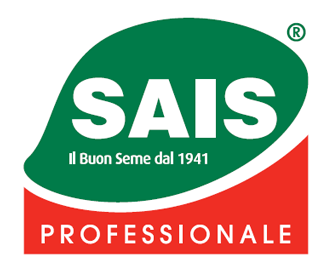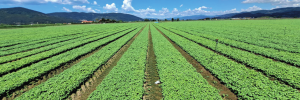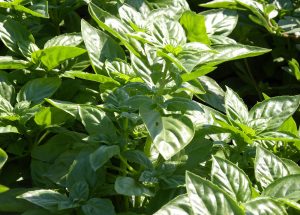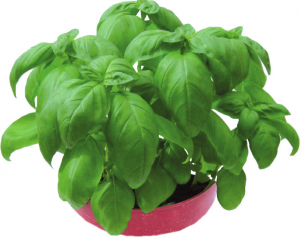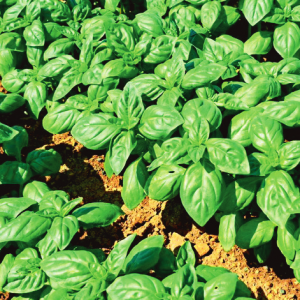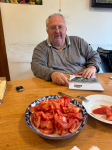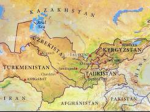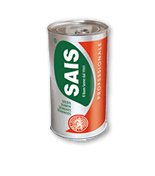BASIL: A SPECIES TO ENHANCE
Fusarium
At the end of the 80ies we started implementing an experimental and scientific approach to solve the problem of the transmission of the fungus Fusarium oxysporum fsp basilici through seeds.
This has led us to take care of our seed production in a different way, paying attention to crop rotation, to the presence of crop diseases, to the selection of seed lots not only on the basis of germinability and purity but also on the presence or absence of pathogens.
The need of solving a problem has led us to valorise our production process in all its parts.
We began to realize the needs of the farmers, to visit them, to understand what was our possibility to intervene on the problems.
Since then basil has been the subject of Sais research and has been included in our company’s genetic improvement programs in order to guarantee the unique quality of the “Genovese” type basil with varieties suitable for all production periods and for different market segments, in Italy and abroad.
The pot
Over the years there has been a strong transformation of the Basil market towards the production of plants in pots or in soilless culture and towards an important extension of the cultivation area throughout the Italian and the European territories and also in other Continents.
We have started programs aimed at establishing compact varieties with the organoleptic and morphological features typical of Italian basil, varieties that did not lose the aromas, the color, the shape of the leaf that distinguish the Italian product from that of other countries in spite of
being of slower growth and more suitable for pots.
The wide range of varieties we propose is the result of this constant and targeted research
For the fresh cut segment, Sais proposes Superbo and Gecom.
Both varieties have been selected by isolating plants with a high content of essential oils and with an intense and characteristic aroma.
For the pot segment, Sais has selected the two varieties Gemma and Geniale to propose together with Gecom.
Downy Mildew
At the beginning of the 2000ies, a new difficult challenge, still always caused by a pathogen, arose.
A very strong attack of downy mildew caused the destruction of many the basil crops and the dismay of all the operators.
The pathogenic organism was new and not yet classified.
Over the years. we started to know better the pathogen causing the disease:
The most important weapon, the one necessary for an integrated approach to defense, is the obtainment of resistant varieties through genetic improvement.
On our side, SAIS screened for resistance all the genetic material in our possession and finally identified a form of intermediate resistance to the pathogen.
We have identified some molecular markers capable of tracking resistance by applying modern assisted selection techniques.
All this was not enough for us: our goal is obtaining resistant varieties meeting the needs of demanding markets from an organoleptic and morphological point of view.
We have integrated our traditional or molecular selection techniques with the choice of plants that are more similar to the traditional “Genoese❞” type of basil in terms of essential oils content and volatile components that make up its unique aroma. Our new lines are characterized and also selected for their aromatic profile and not only for their morphological, agronomic and resistance features.The varietal range has therefore been enriched with a series of new varieties (Gemini, Gentile and Genny) which present all these characteristics together


